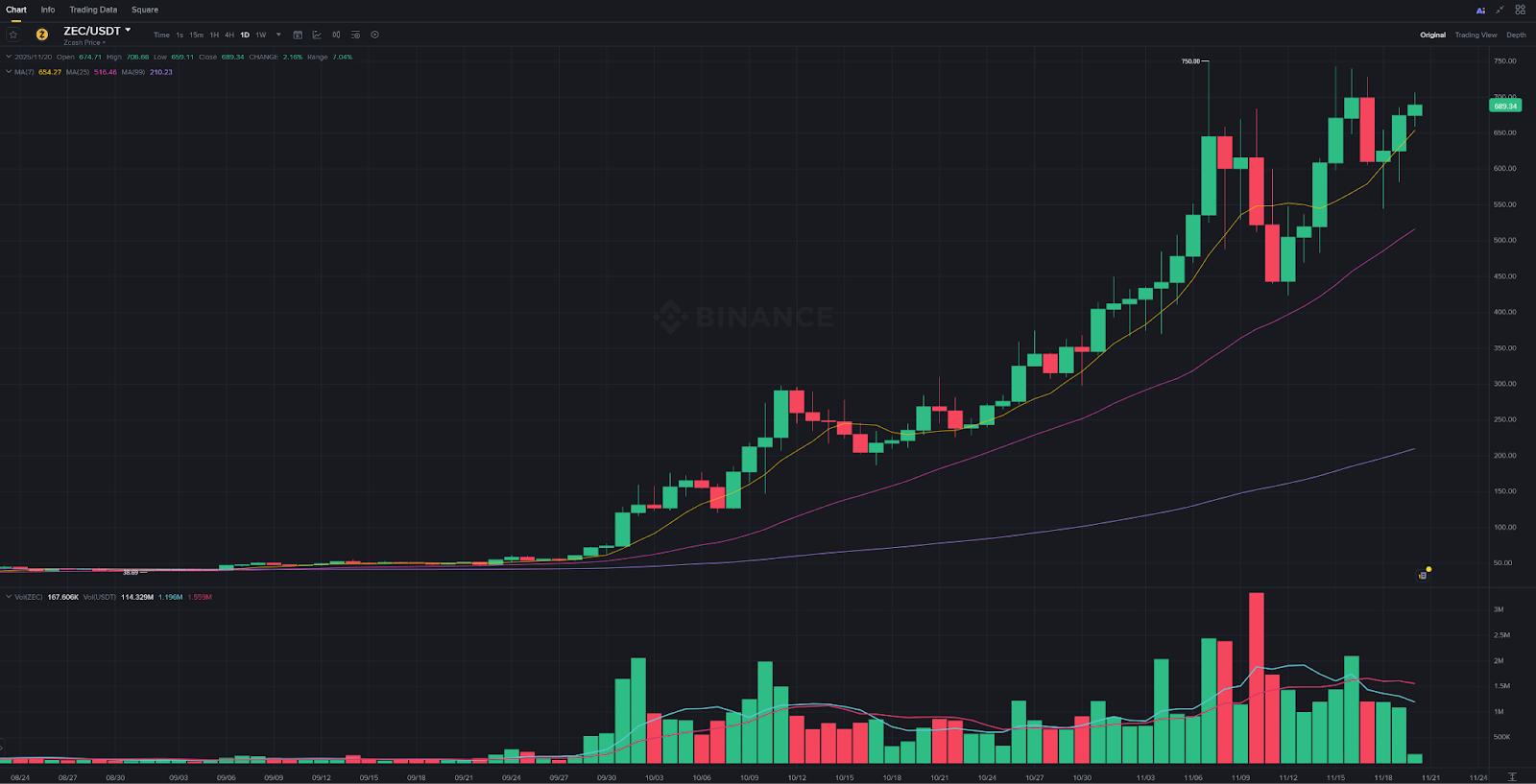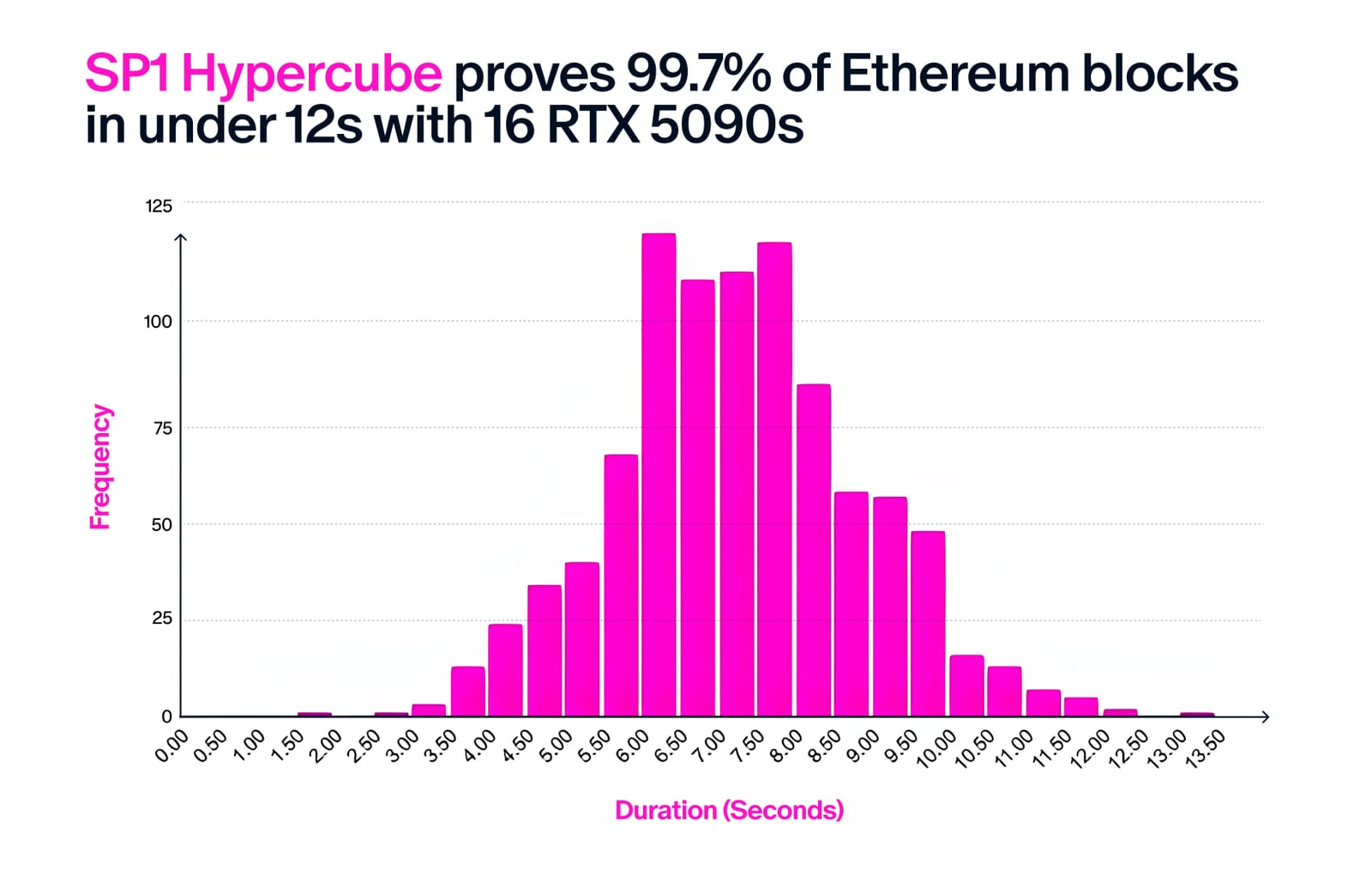Zcash suddenly surged. This is not the first time an old coin has been suddenly remembered by the market, but the timing this time is quite subtle. In the same week that ZEC was rising, Vitalik released a "Trustless Manifesto," and at the same time, Cloudflare experienced an outage that caused 90% of Web3 projects worldwide to collapse. The convergence of these three events prompted the market to reconsider a long-forgotten question: Is decentralization still valuable?

Cloudflare Crashed, Web3 Crashed
On November 14, an internal configuration error at Cloudflare caused 20% of websites worldwide to be down for over 3 hours. Platforms like X and OpenAI were completely inaccessible, and ironically, 90% of so-called decentralized Web3 projects also went down—because their RPC, front-end, and API were all hosted on Cloudflare. This outage brutally revealed a reality: blockchain projects may claim to be decentralized, but in practice, they still rely on centralized infrastructures like AWS and Cloudflare. Over the past year, most Rollup sequencers have been hosted, RPC defaults to third-party service providers, and cross-chain bridges depend on a few relays; even "self-custody wallets" have been entrusted to exchanges by users. In short, convenience is eroding decentralization.

Source: X
The rise of ZEC is a market rebellion against this trend. It represents the most radical and uncompromising ideals of privacy and trustlessness from the past decade—no hosted RPC, no centralized sequencers, and even transaction contents are invisible. When the market sees that "decentralization is regressing," ZEC becomes an emotional signal: investors are beginning to reprice trustlessness.
Vitalik's Manifesto Sets Three Red Lines for the Industry
Vitalik's "Trustless Manifesto" is not just a slogan; it sets three red lines for the industry: no reliance on critical secrets, no reliance on indispensable intermediaries, and no unverifiable outcomes. Violating any of these lines means your system is not a protocol but a platform; it is not neutral land but private property. The question is, how many projects can achieve this now? Hosted RPC has become the default choice, Rollup sequencers are centrally hosted, and cross-chain interoperability relies on a few intermediaries as execution gateways. Centralization does not happen suddenly; it is quietly eroded through repeated "temporary solutions" and "user experience optimizations." What Vitalik wants to convey is that decentralization will not be maintained automatically; trustlessness is not a feature that can be "added later," but the foundation of the system—without it, even the highest TPS is just a castle built on sand.
How to Implement Trustlessness? The Answer Lies in "Verifiable Computation"
Relying solely on nodes and P2P networks is no longer sufficient. Today's trustlessness must face massive computations, complex cross-chain interactions, and high-speed application demands, while also ensuring L1-level security. The industry ultimately returns to a conclusion: all executions must not rely on "some intermediary running honestly," but should only depend on verifiable cryptographic proofs. This marks the beginning of the era of verifiable computation. zkSync and Starknet use zero-knowledge proofs to ensure the correctness of L2 execution; EigenLayer inherits Ethereum's security through restaking; Celestia uses data availability sampling to allow light clients to verify data integrity. Their commonality is that they do not require users to "trust" operators but ensure that malicious actions will be caught through mathematics and cryptography, making the verification cost far lower than the cost of re-execution.
Succinct Demonstrates Trustlessness with "Real-Time Proofs"
ZEC represents a value ideology, Vitalik's manifesto points out the direction, and Succinct provides the concrete answer to "how to achieve it." In recent months, this name has been frequently mentioned in the field of verifiable computation because it is pushing trustlessness from theory to engineering reality.
Succinct's latest release, the SP1 Hypercube zkVM, has achieved a milestone breakthrough using 16 NVIDIA RTX 5090 GPUs: in tests of 954 randomly selected Ethereum blocks (block heights 23807739 to 23812008), 99.7% of L1 blocks completed proof generation within 12 seconds, and 95.4% of blocks completed within 10 seconds. This means Ethereum can scale under the premise of "not trusting any intermediaries"—validators do not need to re-execute blocks but only verify a very short zero-knowledge proof; native Rollups can interact with L1 in near real-time without waiting for lengthy finality confirmations; the entire system does not rely on any privileged entities or trusted intermediaries. As described by Ethereum Foundation researcher Justin Drake, this will allow Ethereum to scale horizontally to 1 Gigagas (approximately 10,000 TPS), which is crucial for serving real-world use cases.

Source: Succinct Labs
More critically, there has been a breakthrough in security. Most zkVMs in the industry still rely on a mathematical assumption called "Proximity Gap" to ensure security, but when the Ethereum Foundation offered a bounty to study this assumption, the latest research proved it to be incorrect in its most general form. The SP1 Hypercube is the first general hash-based zkVM to completely eliminate reliance on this assumption, directly aligning with the three principles of the "Trustless Manifesto": no critical secrets, no indispensable intermediaries, and no unverifiable outcomes. Additionally, Succinct has collaborated with Nethermind and the Ethereum Foundation to complete the formal verification of all RISC-V constraints—this is ensuring correctness through mathematical proof rather than audits or tests, which is the most critical step for trustlessness to be realized. Combined with third-party security audits and the newly launched SP1-2FA feature (adding TEE protection with a single line of code), the SP1 Hypercube is already providing security for billions of dollars in TVL for leading projects like Polygon, Celestia, Avail, and Mantle, and will be integrated into OP Succinct and the upcoming Arbitrum integration, enhancing cost, performance, and security for all clients.
ZEC Provides Price Signals, Vitalik Provides a Roadmap, Succinct Provides Answers
The crypto industry now stands at a fork in the road: one path leads to higher TPS and smoother user experiences at the cost of relying on intermediaries; the other path is more challenging but can maintain the original core value of blockchain—trustlessness. The rise of ZEC tells us that the market has not forgotten its original intention. Vitalik's manifesto tells us that the future must return to verifiability and the three principles. Succinct's SP1 Hypercube tells us that this path has already become a deployable reality at the L1 level. Future competition will no longer be a numbers game of TPS, but rather who can achieve the most computation with the least trust cost. On this track, ZEC symbolizes the tradition of value, Vitalik is the guide for direction, and Succinct is turning that direction into reality.
免责声明:本文章仅代表作者个人观点,不代表本平台的立场和观点。本文章仅供信息分享,不构成对任何人的任何投资建议。用户与作者之间的任何争议,与本平台无关。如网页中刊载的文章或图片涉及侵权,请提供相关的权利证明和身份证明发送邮件到support@aicoin.com,本平台相关工作人员将会进行核查。



